Chamberlain College NR512: Electronic Health Record Presentation
VerifiedAdded on 2022/12/14
|11
|728
|244
Presentation
AI Summary
This presentation explores the application and impact of Electronic Health Records (EHR) in nursing informatics. It begins with a discussion of EHR and its rationale, highlighting its benefits for physicians, hospitals, and patients. The presentation examines the positive impacts of EHR on nursing practice, such as improved data collection and risk management, while also addressing potential drawbacks like cost and the learning curve. It emphasizes the importance of informatics skills and knowledge in utilizing EHR systems. The presentation references several studies to support the discussed points and concludes by suggesting future recommendations for EHR implementation. This resource is designed to provide insights into the use of technology in healthcare, particularly in the context of nursing practice, and is available on Desklib, a platform offering study tools for students.
1 out of 11
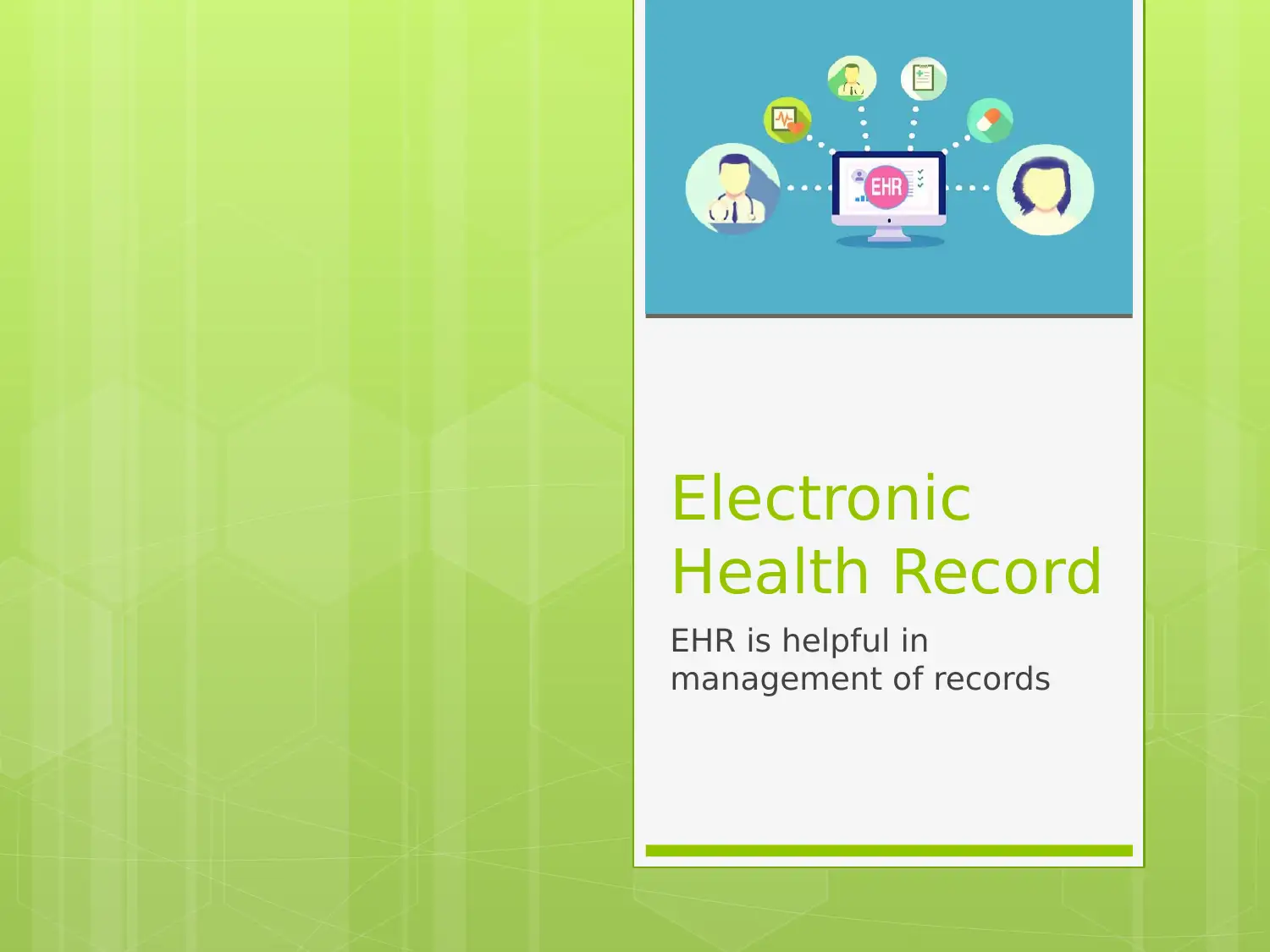
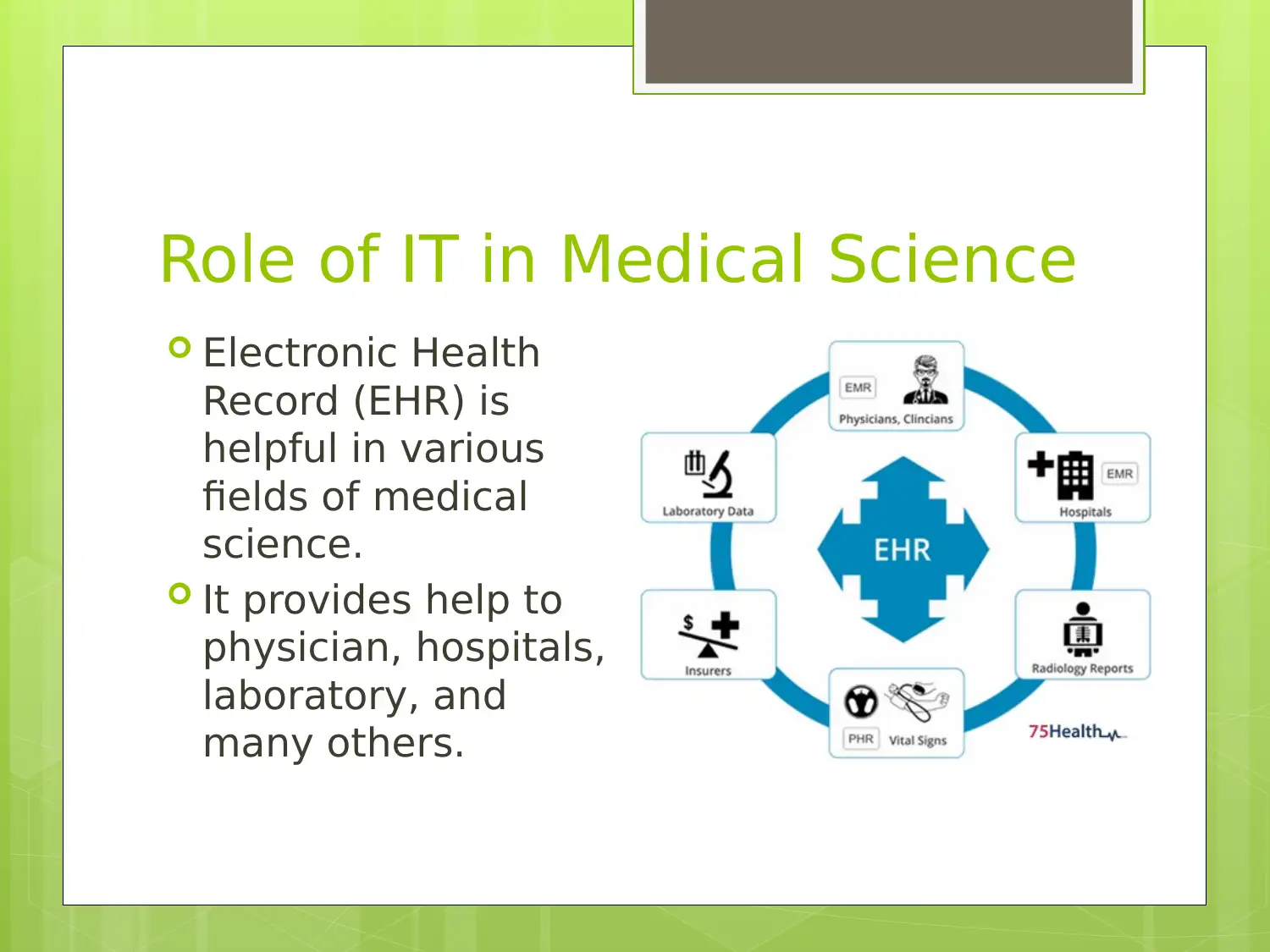
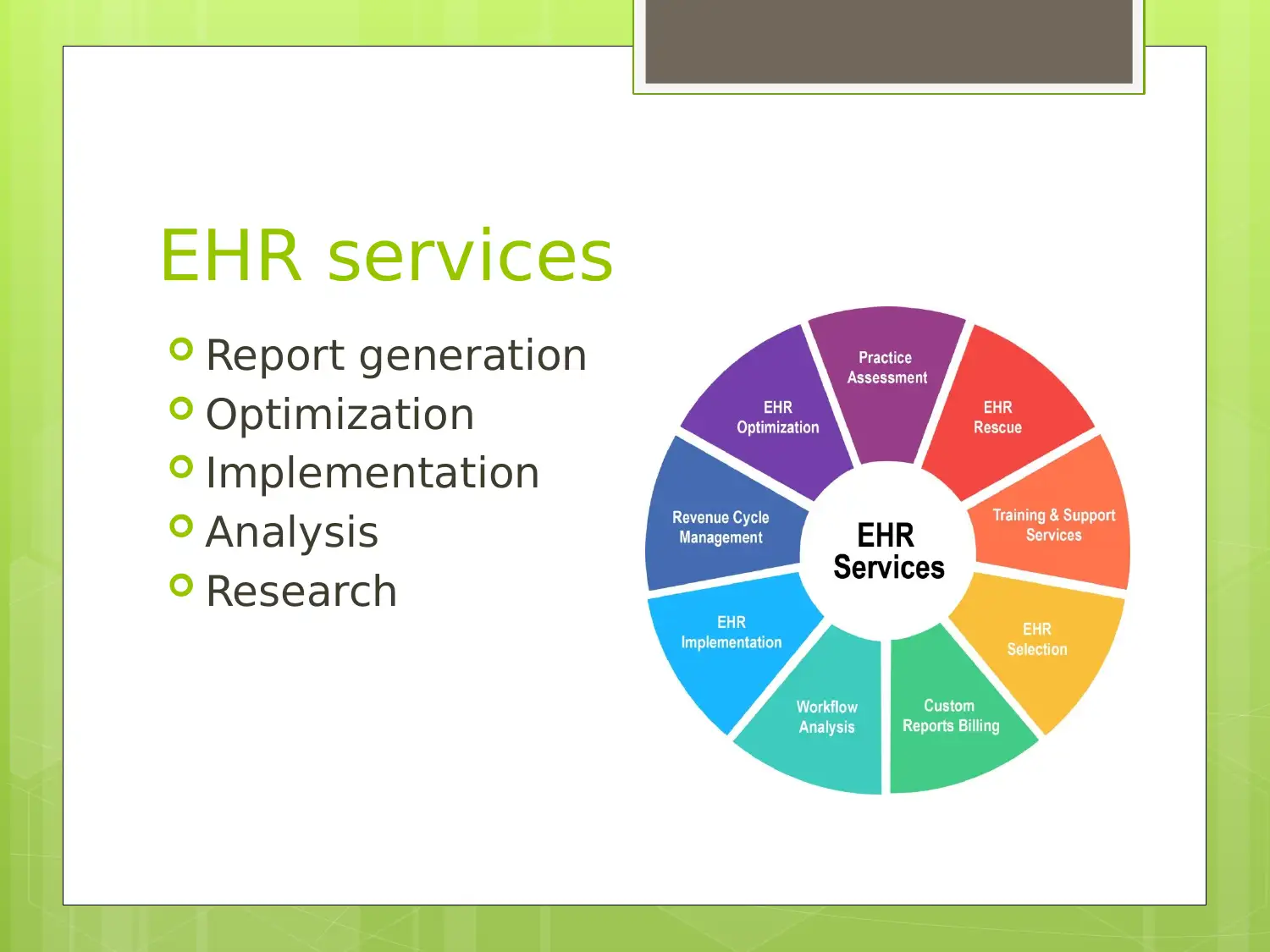

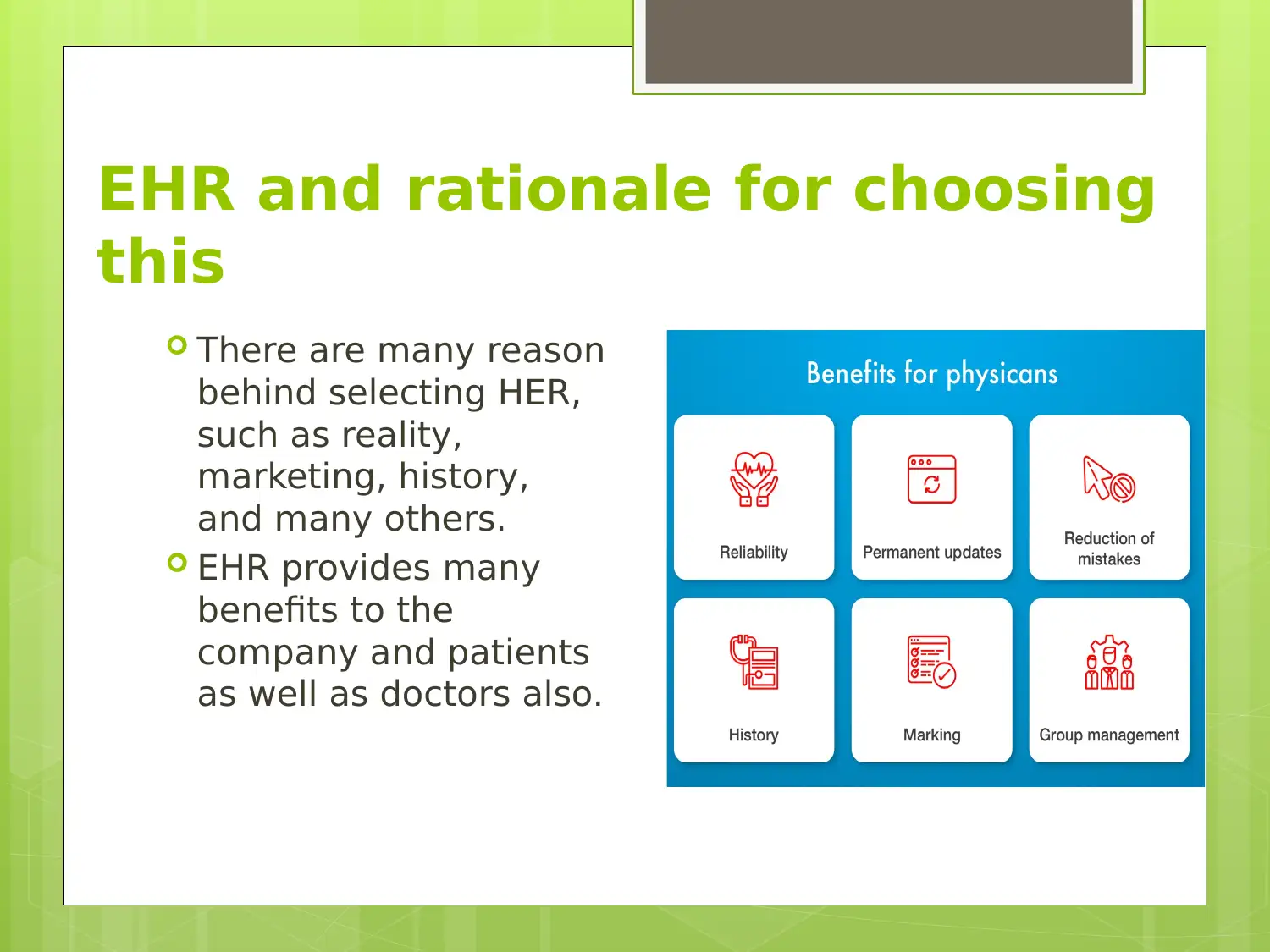
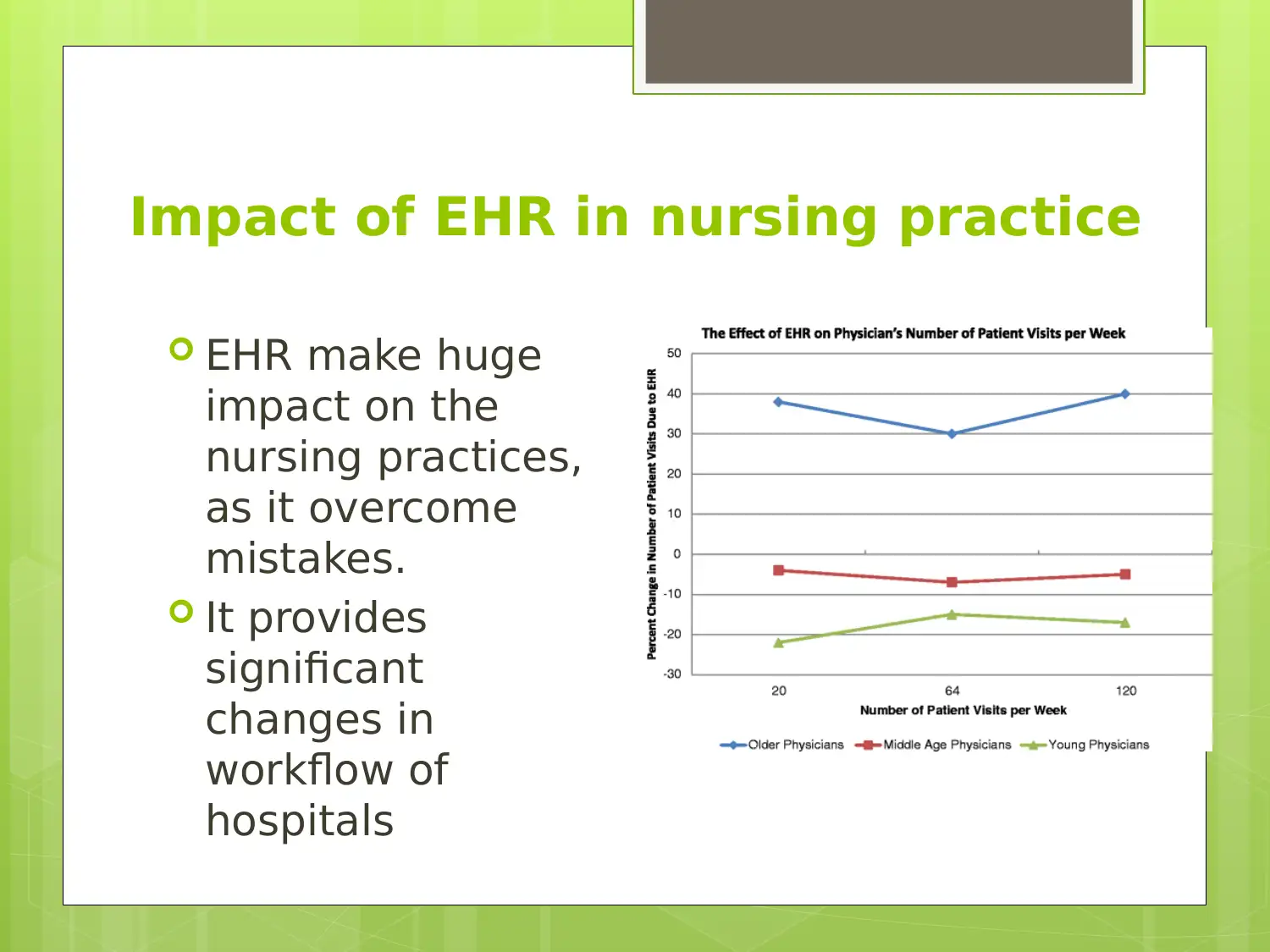
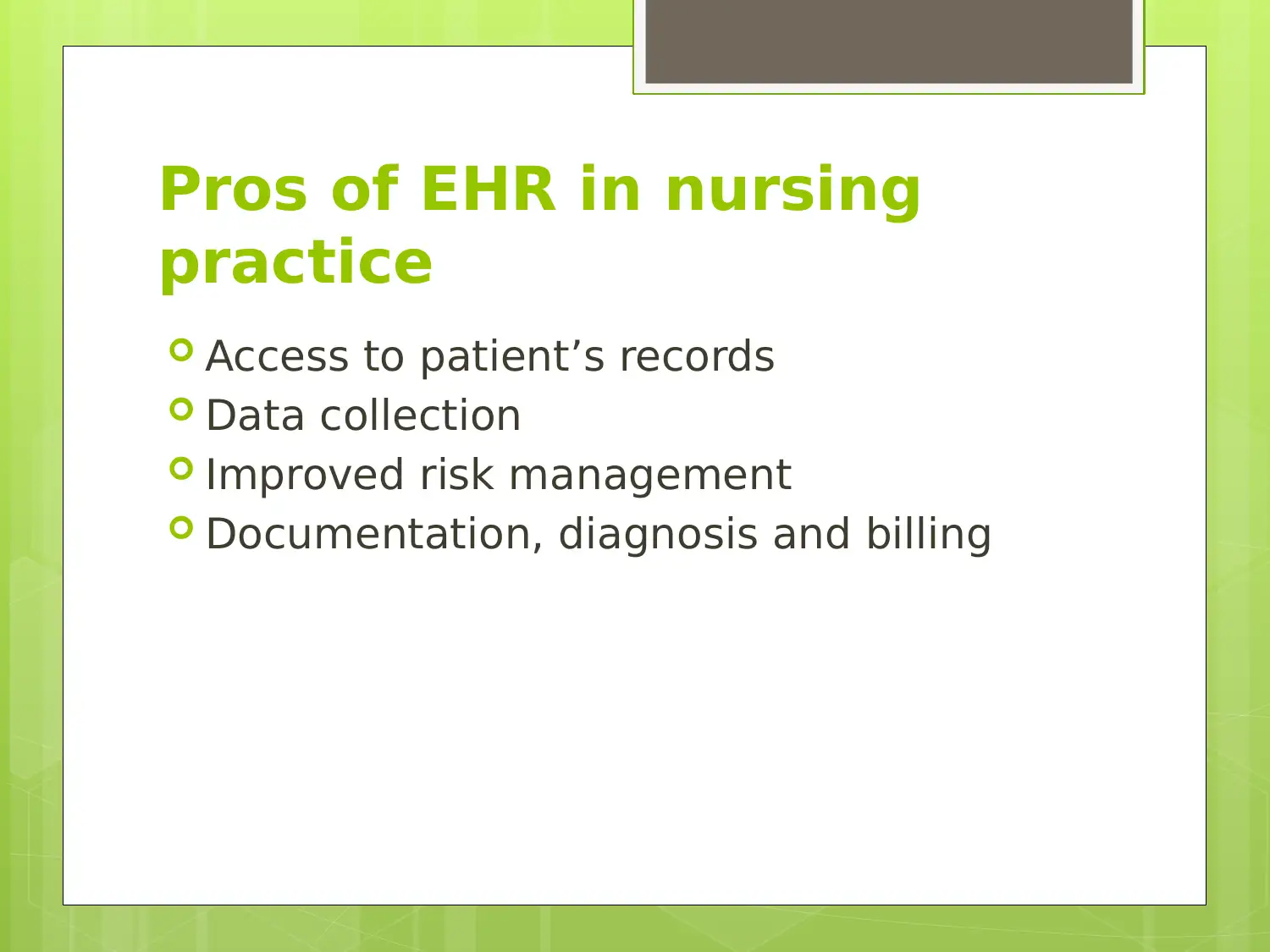
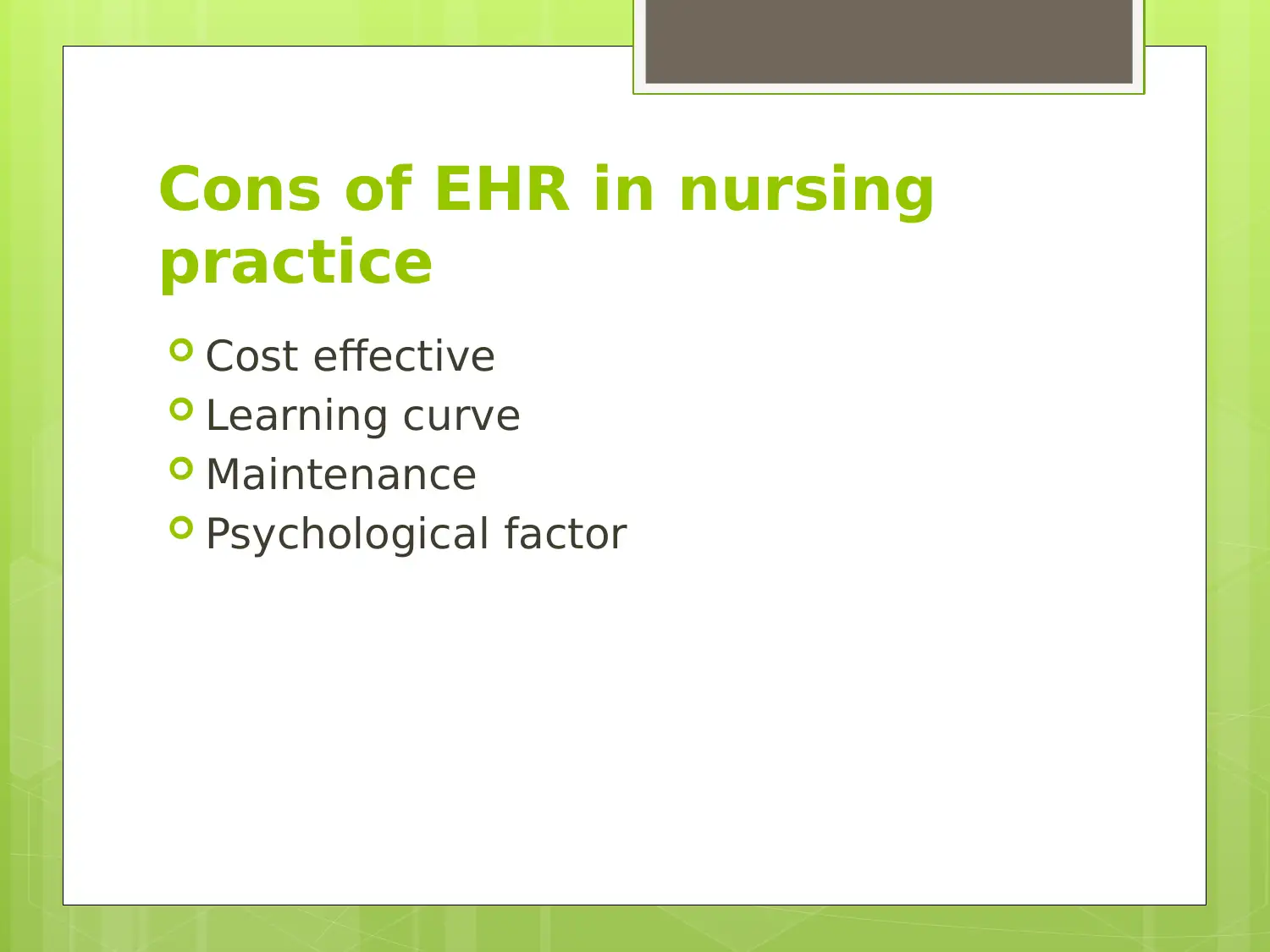
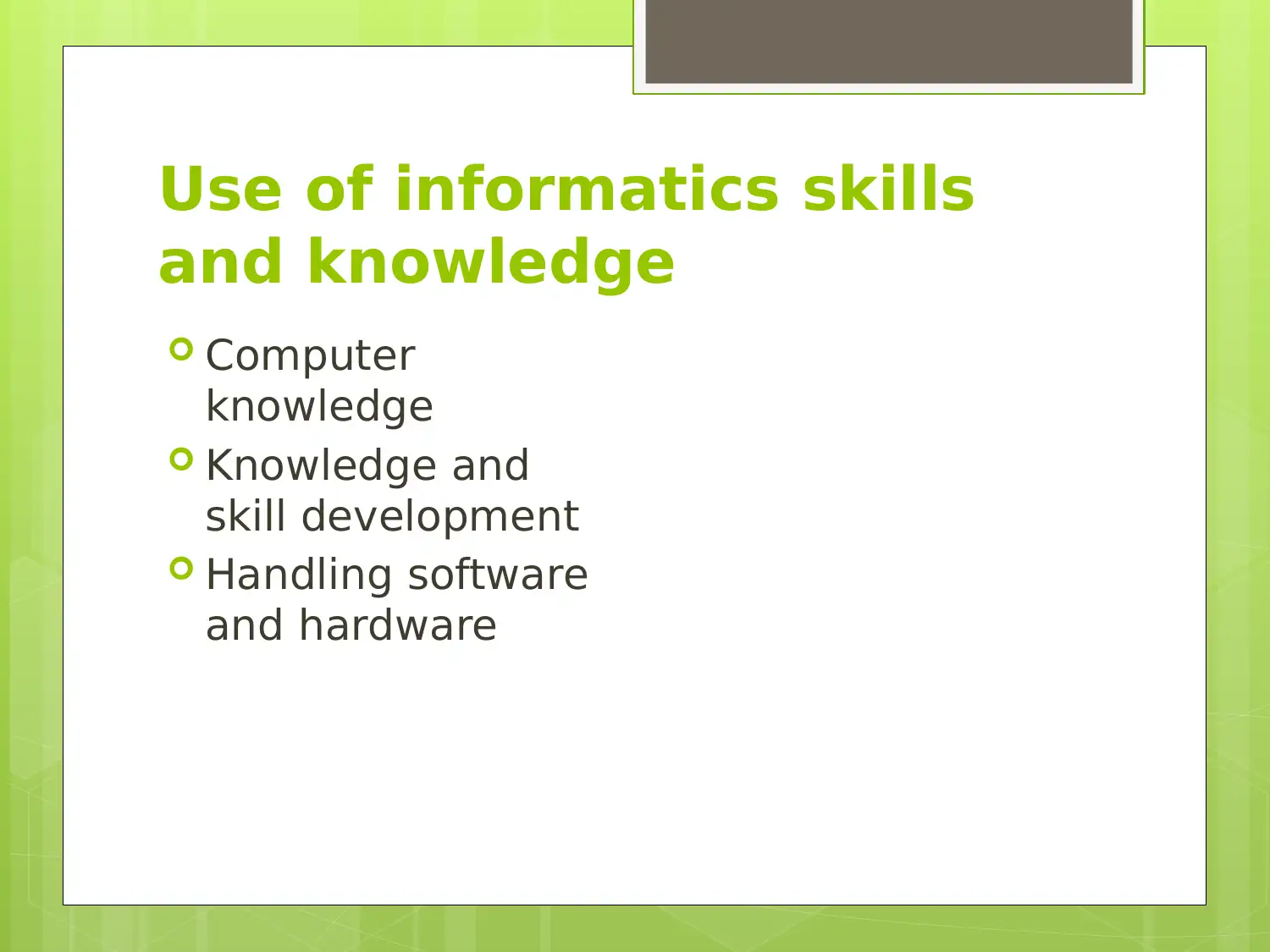
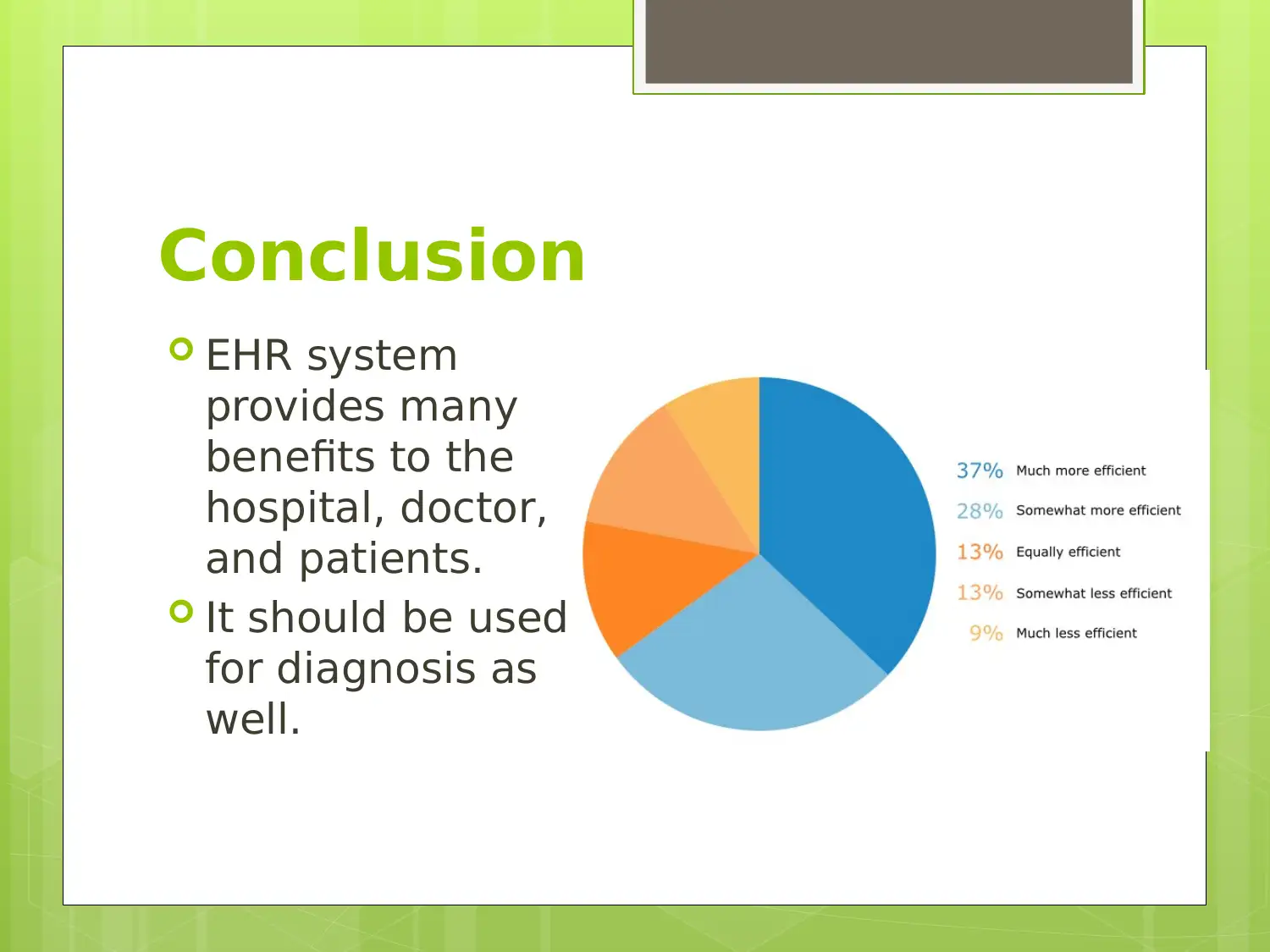
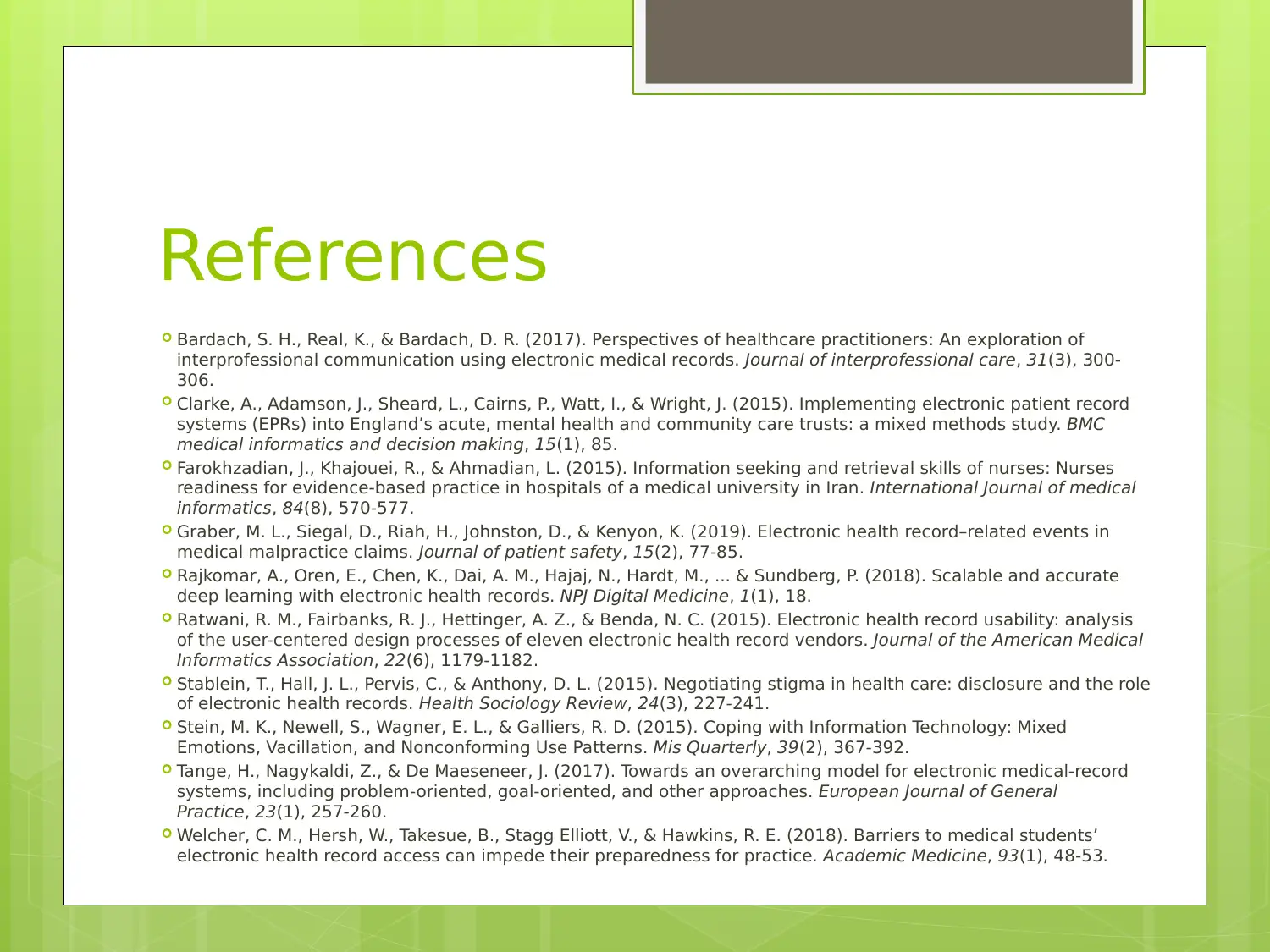







![[object Object]](/_next/static/media/star-bottom.7253800d.svg)